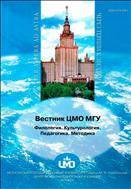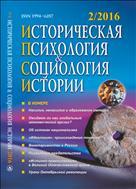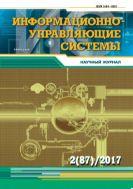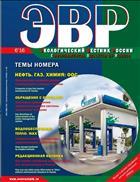Findings of thermometric monitoring of the top layer of permafrost during hydrocarbon production in the European North of RussiaFindings of thermometric monitoring of the top layer of permafrost during hydrocarbon production in the European North of Russia 
Ensuring stability of subgrade soil under engineering structures is a critical task at oil field development projects in the Arctic. It is largely determined by the state of the permafrost influenced by natural and man-induced changes to the temperature regime. The issue of permafrost stability forecasting is still underexplored, this entailing a number of challenges for construction and trouble-free operation of facilities in the Far North. The Ardalin Oil and Gas Field (AOGF) is the only project in the Nenets Autonomous District (NAD) where results of extensive temperature measurements carried out in special thermometric wells have been accumulated over a lengthy period of over 20 years. This article contains the findings of thermometric monitoring of the top layer of soil with an average depth interval of 20 metres. Changes in the permafrost temperature regime, in both the presence and absence of sand (soil) filling, over the study period are described in the article. Natural physical and climatic disturbances that rule out the possibility of maintaining a continuous permafrost temperature are identified. In addition, the key sources of man-induced impact on the top layer of permafrost at the location of the AOGF production infrastructure facilities are analysed. This analysis resulted in recommendations that might be of help during design and construction of engineering works in the European North of Russia and serve to minimise thermal impact on frozen ground. Preserving the permafrost layer in its original natural state will help ensure stability of the subgrade of buildings and structures, thereby reducing the chances of any accidents. |
|
09.12.2024Все новости Издательства повышают цены на книгиИздательства вынуждены повысить цены на книги из-за роста стоимости полиграфии |
ПОДПИСКА НА ЖУРНАЛЫ И ГАЗЕТЫ ON-LINE1
Мы используем cookie. Это позволяет нам анализировать взаимодействие посетителей с сайтом и делать его лучше. Продолжая пользоваться сайтом, вы соглашаетесь с использованием файлов cookie.
Подробнее можно ознакомиться на странице политики конфиденциальности и политики обработки персональных данных.
© 2005-2023 Агентство «Книга-Сервис»
107996 Москва
Протопоповский пер. 19, к.17
E-mail: public@akc.ru

































